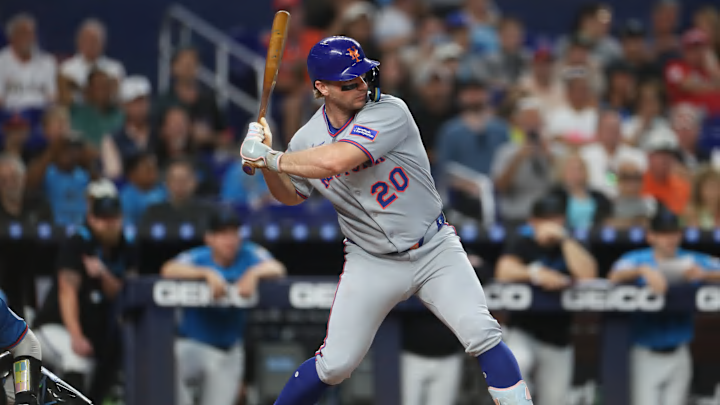The conclusion of the 2025 MLB season has immediately shifted focus to the impending offseason, and recent industry surveys are providing a compelling, if complex, blueprint for the New York Mets. An extensive poll of Major League Baseball executives by ESPN has underscored the organization's pivotal role in the upcoming free agency and trade markets. Given the substantial financial capacity of Steve Cohen and the strategic focus of President of Baseball Operations David Stearns, the Mets are universally expected to be among the most active franchises, prioritizing a significant restructuring of the pitching staff and the acquisition of long-term assets.
The findings from the executive survey confirm a critical juncture for the Mets. The organization appears poised to execute a measured, system-focused strategy, potentially prioritizing sustainable roster architecture over purely high-profile acquisitions. This approach suggests a methodical effort to establish long-term competitiveness. As the offseason unfolds, Mets fans should consider these key predictions from the industry, each carrying substantial implications for the team’s direction in the coming years.
The Mets’ strategic outlook for the winter market according by MLB executives
The prudent approach to Kyle Tucker and the outfield market
Despite the recent departure of key outfield personnel, the consensus among executives indicates that the Mets are unlikely to pursue an elite free agent like Kyle Tucker. This projected restraint is rooted in an objective analysis of Tucker’s recent performance trends. Reports cite a measurable decline in his athleticism, evidenced by less aggressive base running, a reduction in impactful power due to a rising groundball rate, and a deterioration in defensive metrics. Considering the expected substantial financial commitment required in the open market, prioritizing alternative areas of need—particularly pitching depth and control—over a high-cost outfielder demonstrating regression is viewed as a fiscally responsible organizational decision.
Starting pitching: an organizational imperative and the new target focus
MLB executives affirm that the Mets will be one of the most proactive teams in the starting pitching market. This projection is a direct response to the organization’s widely recognized need for rotation reinforcement. With Dylan Cease now off the board, signing with the Blue Jays, the primary free agent target identified in the survey is Houston’s veteran workhorse Framber Valdez. The consensus view is that the Mets will pivot their attention to a combination of Valdez and high-impact trade targets like Freddy Peralta to acquire the necessary frontline talent. This situation elevates the significance of the trade market for David Stearns as he seeks to secure a legitimate staff ace.
Why Framber Valdez may still be the Mets’ top free agent pitching target
Even with Cease's signing, the industry analysis of the remaining market suggests that Framber Valdez presents the Mets with their most consistent top-end free agent option. While Valdez's groundball profile offers stability and a high floor that guarantees consistency and innings volume, he has demonstrated inconsistency late in two of the last three seasons. This may necessitate a contractual adjustment by the signing team to manage his workload, slightly diminishing the premium associated with his durability. Regardless, his proven ability to generate ground balls and eat innings makes him a crucial, high-priority target for a Mets rotation desperate for stability.
Organizational trajectory suggests an Alonso departure
The majority view among MLB executives is that Pete Alonso is more likely to sign elsewhere than remain with the Mets. The industry perspective is that the organization's evolving team-building philosophy, which increasingly emphasizes run prevention, defensive versatility, and controlled assets, positions Alonso's unique skillset—focused primarily on offensive production—as a potential mismatch for the long-term vision. The anticipated requirement for a substantial, long-term contract for a power hitter entering his mid-30s may lead the Mets to strategically allocate those significant financial resources toward filling the organization's structural voids in pitching.
Misplaced concerns regarding Edwin Díaz’s free agency
While some executives have speculated that Edwin Díaz could command a long-term, high-value contract that the Mets might ultimately deem too risky for a closer, this analysis overlooks a crucial contractual constraint. Like Pete Alonso the previous offseason, Díaz is subject to the Qualifying Offer (QO), meaning any signing team would forfeit a premium draft pick as compensation. This QO constraint fundamentally depresses his market value, especially given the inherent volatility of the closer position in baseball. The executive speculation regarding a market-breaking deal is likely erroneous; the Mets' decision will hinge more on their internal valuation of his role within the restructured roster, knowing his market is significantly curtailed by the draft pick penalty.
